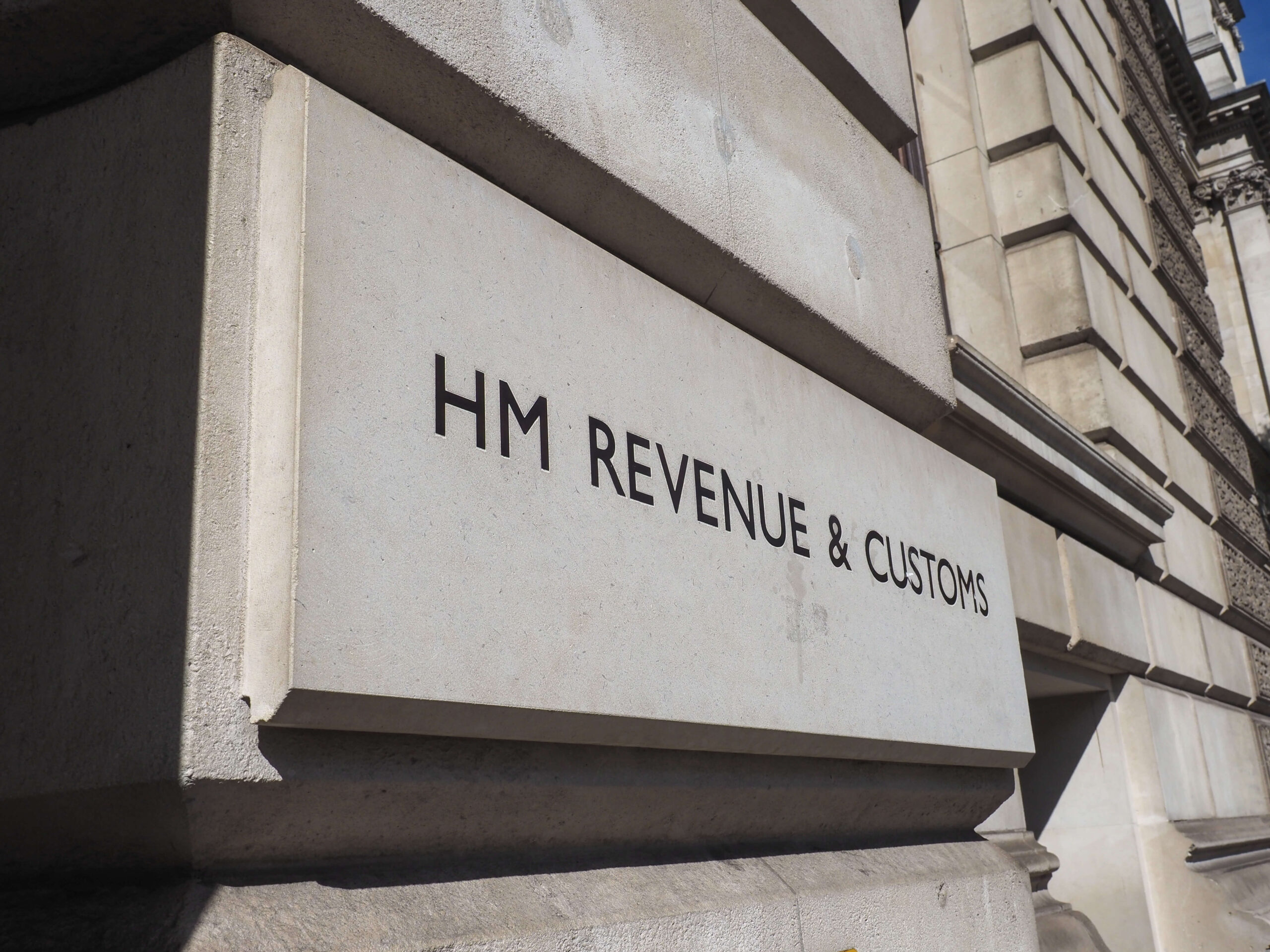Decoding HMRC’s 2024 R&D Tax Credit Statistics
17 October 2024
5 min read
HMRC’s recently published Research and Development (R&D) Tax Credits Statistics for the tax year 2022 – 2023 sheds light on the state of R&D tax relief claims in the UK. The data provides valuable insights into the uptake of the incentive, how it’s supporting UK businesses, and how things have evolved compared to the previous year.
It’s important to remember that claims for the tax year 2022 to 2023 can still be submitted past the publication cut-off date, so these statistics are provisional and have been grossed up to account for claims not yet received.
Let’s examine the latest statistics’ key points and explore what they might mean for businesses and innovation in the UK.
Key Takeaways
The R&D Tax Credits scheme remains one of the UK’s most significant incentives for encouraging innovation. This year’s figures show:
-
- Going Down – Total R&D tax credit claims fell to 65,690 for the 2022-23 period, a significant drop from the 83,240 claims seen the year before. This represents a 21% overall reduction in the number of claims
-
- Going Down – SMEs accounted for 55,325 claims, down from 71,850 in the previous year—a decline of 23% in SME claims
-
- Going Up – In contrast, the R&D Expenditure Credit (RDEC) scheme saw 10,365 claims, down 9% from the previous year, but the value of relief claimed under RDEC has increased by 7% compared to the previous year. This reflects continued strong investment in R&D by larger companies, even as the overall number of claims fell.
- Remaining stable – Despite the decline in claims, the total amount of R&D tax relief provided remained stable at £7.5 billion, driven by an increase in the average claim size across both SMEs and large firm.
How does this compare to previous years?
When compared to the previous year, this year’s data shows a clear decline in claim volumes, especially from SMEs. The 23% drop in SME claims is particularly stark, reflecting the impact of HMRC’s increased compliance measures and the introduction of more stringent processes such as the Additional Information Form (AIF)
However, the value of relief claimed remains relatively stable, largely due to higher-value claims being submitted. This trend indicates that while there are fewer claims overall, companies that do claim are making more significant, complex submissions—particularly under the RDEC scheme, where the average claim size continues to rise.
One area of concern is the significant drop in first-time claimants. These early-stage businesses are often the source of cutting-edge ideas, but the added complexity of the AIF could be deterring them from claiming and, as a result, potentially stalling fresh innovations and posing a risk to the UK’s future growth.
Why have these changes happened?
The sharp drop in claims, particularly among SMEs, can be attributed to several factors:
-
- Increased administrative burdens: The introduction of the AIF in August 2023, which requires companies to submit detailed technical and financial information, has deterred some smaller businesses from claiming. Many SMEs may lack the resources to navigate these complex requirements.
-
- Stricter compliance: HMRC’s focus on reducing fraudulent claims has led to stricter scrutiny. While we welcome HMRC’s efforts to reduce abuse and ensure the system is fair and efficient, it has likely made it more difficult for some genuine claimants to navigate the process and discouraged some firms from claiming.
- Sector-specific shifts: Larger companies, particularly in sectors such as manufacturing and information and communication, continue to invest heavily in R&D, leading to higher-value claims despite the overall reduction in claim volumes
What does this mean for UK businesses and innovation?
From a positive standpoint, the slow yet steady growth in claims suggests that businesses are still recognising the value of R&D tax relief as a tool to fund innovation. The increase in high-value claims, particularly from larger companies, reflects a commitment to long-term R&D investment that will likely bolster the UK’s global competitiveness.
On the other hand, the heightened complexity from HMRC presents a concern. While the focus on preventing fraud is undoubtedly necessary, there’s a risk that legitimate claims could be delayed or discouraged due to complex compliance requirements. This may particularly affect SMEs, who often lack the resources to navigate the increasingly intricate claim processes. If smaller companies are deterred from claiming R&D relief due to the increased complexity of the claims process, there is a risk that innovation will become concentrated in larger businesses, leaving SMEs behind.
R&D tax reliefs and Budget 2024
At the recent International Investment Summit held in London, the Chancellor, Rachel Reeves, confirmed: “We will maintain a world-leading capital allowances offer, with full expensing and the £1m annual investment allowance, and we will maintain the current rates for the research and development reliefs which provide generous support for innovation.”
This is great news for UK innovation. In the run-up to the Labour government’s first Budget, there are several steps the government could take to ensure the R&D tax relief system remains accessible and beneficial for businesses of all sizes:
-
- Simplify the claims process for SMEs: The introduction of the AIF has added complexity to the process, particularly for smaller firms. Making it easier for small businesses to claim R&D tax relief, potentially introducing a fast-track process for simpler claims could reduce the administrative burden while maintaining high compliance standards.
-
- Support for first-time claimants: New businesses making their first R&D tax credit claims could benefit from targeted support, such as clearer guidance or additional resources to help them navigate the claims process
- Sector-specific initiatives: As innovation takes on new forms, particularly in digital and environmental sectors, the scope of R&D tax relief should evolve. Activities related to AI, green technology, and sustainability efforts could be given special consideration to encourage forward-looking investment in emerging technologies.
What management teams should do next?
For businesses, the best course of action is to be proactive. Here are some key steps:
-
- Invest in professional guidance: Given the complexity of the current system, management teams should consider working with an R&D tax relief advisor who has the relevant technical expertise and a long history of working with HMRC to ensure a smooth and efficient claim process.
-
- Maintain detailed records: The introduction of the AIF means that businesses need to provide clear documentation of their R&D activities. Keeping meticulous technical and financial records will help streamline the claims process.
- Leverage sectoral trends: Certain sectors, such as information and communication, are seeing an increase in R&D activity. Businesses in these sectors should seek professional advice to undertake a review of their activities to ensure that the appropriate level of relief is claimed. Adversely, there was a significant drop in claims (40%+ decrease) from sectors recently identified by HMRC as rarely eligible for R&D relief, including Wholesale & Retail Trade, Repairs, Accommodation & Food, Real Estate, and Education, likely due to HMRC flagging them for higher enquiry risk, which seems to be discouraging claims.
Conclusion
HMRC’s latest statistics reflect both challenges and opportunities. While the system is becoming more complex, businesses that are well-prepared and have access to the right guidance can still benefit greatly from R&D tax relief. As we look towards the government’s upcoming Budget, there’s a real opportunity to refine the scheme, ensuring that it continues to support the UK’s position as a global leader in innovation.
With the right support and guidance, UK businesses can continue to innovate and thrive in this evolving landscape.
If you have any questions relating to R&D Tax Relief or wish to further discuss how it might benefit your own business, please get in touch with VISIATIV, and a representative will get back to you to discuss your unique needs and explain how we can assist.








